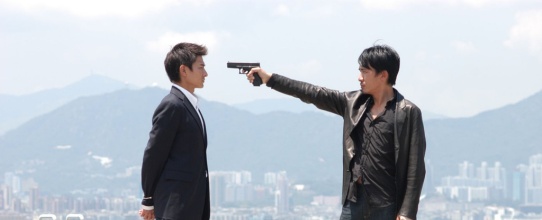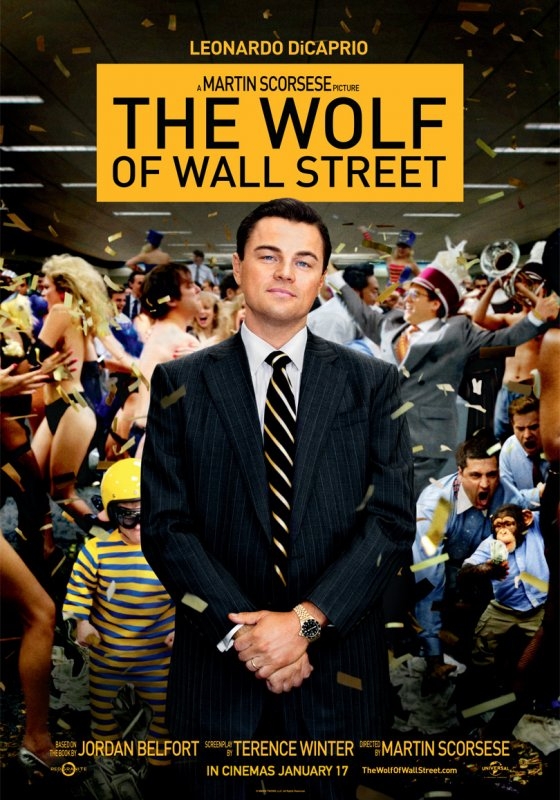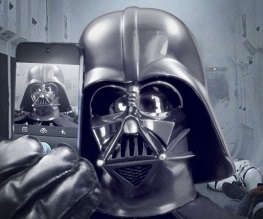Turning Japanese

Here’s a fact you may not be aware of. You know Star Wars? One of the most successful and unique films of our time? Spawned a cult following the likes of which the world has never seen? Yeah, turns out that’s actually based on an Asian film. Now, before you devotees who revel in going around every day in Luke Skywalker outfits get all uppity, the concept of the Empire, the futuristic setting and the interplanetary war are totally all George Lucas’s. But the basic premise of the film – ragtag pair of rebels and a princess on a journey through enemy territory – along with some of its more revolutionary film techniques, were pinched from Japanese film genius Akira Kurosawa’s 1958 work The Hidden Fortress.
Kurosawa is actually responsible for a lot more of Hollywood’s greatest hits. His 1961 film Yojimbo provided the basis for Sergio Leone’s A Fistful of Dollars, which starred Clint Eastwood and spawned the popular spaghetti western genre in the ’60s. John Sturges’ 1960 film The Magnificent Seven was an adaptation of his 1954 classic Seven Samurai. And his 1975 work Dersu Uzala, which won an Oscar in its own right, was remade in 1985 into futuristic thriller Enemy Mine, starring Dennis Quaid.
This tendency of Hollywood producers to go through Asian film catalogues when feeling uninspired has continued through to the present day, particularly in the horror genre. Recent box-office hits The Ring and The Grudge were both remakes of Asian films.

The Ring, particularly, has become a modern horror classic. It grossed around $130 million at the box office, gained critical acclaim and, in the tradition of all films that achieve the former two, spawned a sequel. Could Hollywood execs have come up with such a unique premise for a horror film on their own? Doubtful. If left to their own devices, it would most likely have been another gaggle of screaming girls being stalked by a masked stranger.
As well as providing a unique, left-of-centre vision that American film producers would struggle to produce independently, Asian film remakes are also cheap. They’re often made on comparably tight budgets (Ringu, the original Japanese version of The Ring, was produced on $1.2 million) and all the original producers ask is to break even when Hollywood comes a-knocking to purchase the rights. When you’re talking budgets in the hundreds of millions (and probably profits to the same tune), a cool million is junk change.
Especially if you’re talking something that’s already been market tested. This is the main benefit of the Asian film remake – if the film’s already succeeded with its home audience, there’s less chance of pumping a huge amount of money into a spectacular failure. As long as the film translates well and the studios don’t assign anyone too crap to the task of remaking it, they’ve got a guaranteed hit on their hands.
But therein lies the rub. Although the Asian film remake has been the backbone of Hollywood for some time now, it’s not without its limitations in terms of turning a film that’s successful in one culture into something that’s a hit on the world stage. Horror movies work well because the genre possesses many of the same traits in both Asian and Hollywood cinema – a familiar suburban setting, a strong yet vulnerable female lead and subtle sexual overtones. Genres such as romance and drama are more of a minefield, as the 2004 Hollywood remake of the 1996 Japanese film Shall We Dance? demonstrates. The original film worked because of the cultural premise surrounding it – the idea of a repressed Japanese businessman finding refuge in the world of dance was a little more interesting considering the tightly wound world of the Japanese workplace. In the West, every second middle-aged married guy is suckered into taking dance classes with his wife, so even with a reasonable cast including Susan Sarandon and Richard Gere, it was quite the yawn.

Of course, even after picking an appropriate genre, studios would do well not to assume that they can simply churn out any old tat and rely on the material alone to do its job at the box office. In the wake of The Ring, there was a worrying few years where Hollywood did just that – the 2005 remake of 2002 Japanese film Dark Water was dubbed ‘forgettable’ by critics, while 2008’s remake of Hong Kong film The Eye was a stinker, plain and simple. Even with the innovative ideas of Asian cinema on board, poor production values will always make a poor film.
But if studios can harness the right story and the right director, there are certainly a gold mine of hits to be had from Asian films. No doubt Hollywood will continue to pilfer from our friends in the East as film trends come and go – in the 1960s it was westerns, in the noughties horror, and next decade, who knows? Suffice to say it will be a lot more interesting than watching Matthew McConaughey and Sandra Bullock rote-learn another romance.





Recent Comments